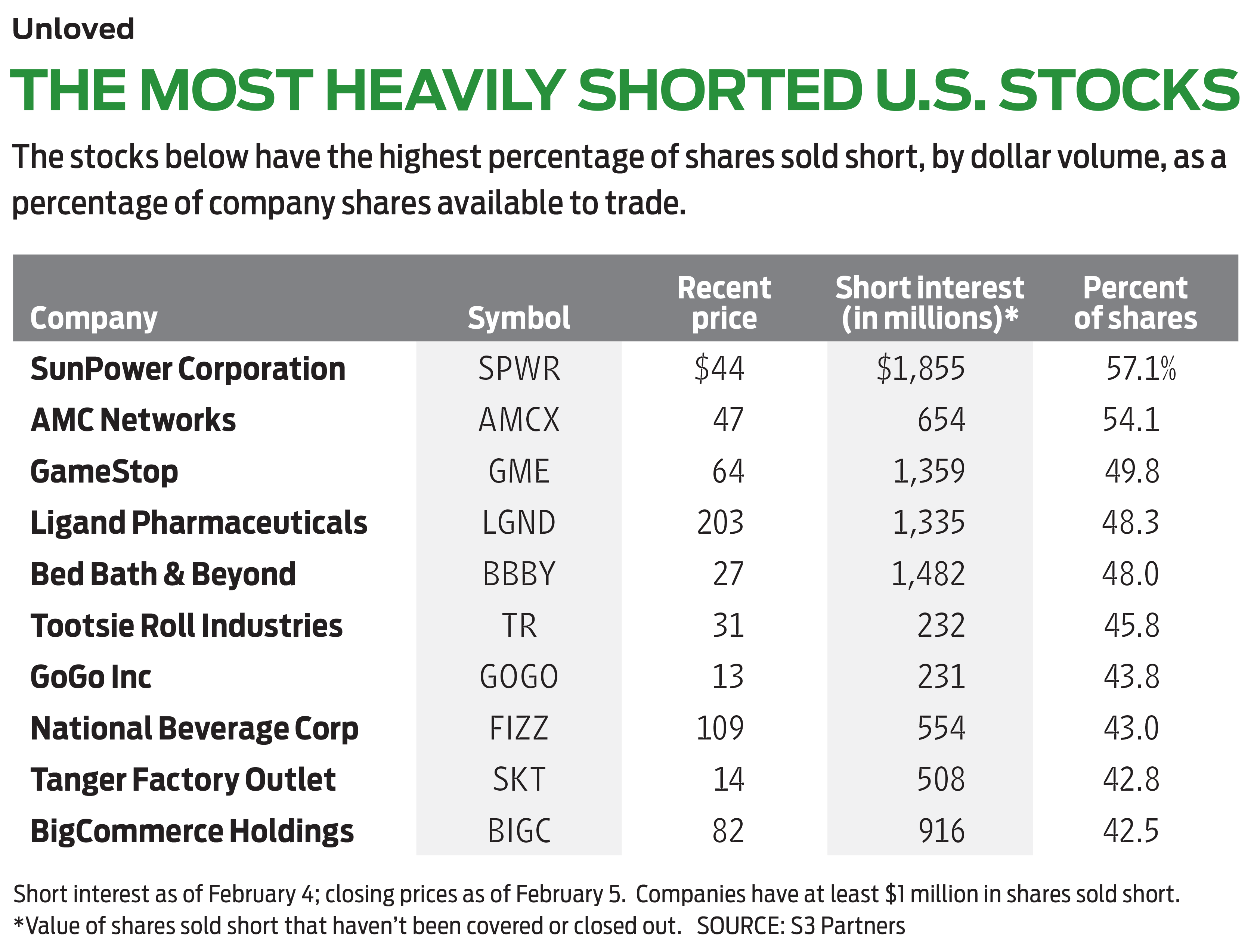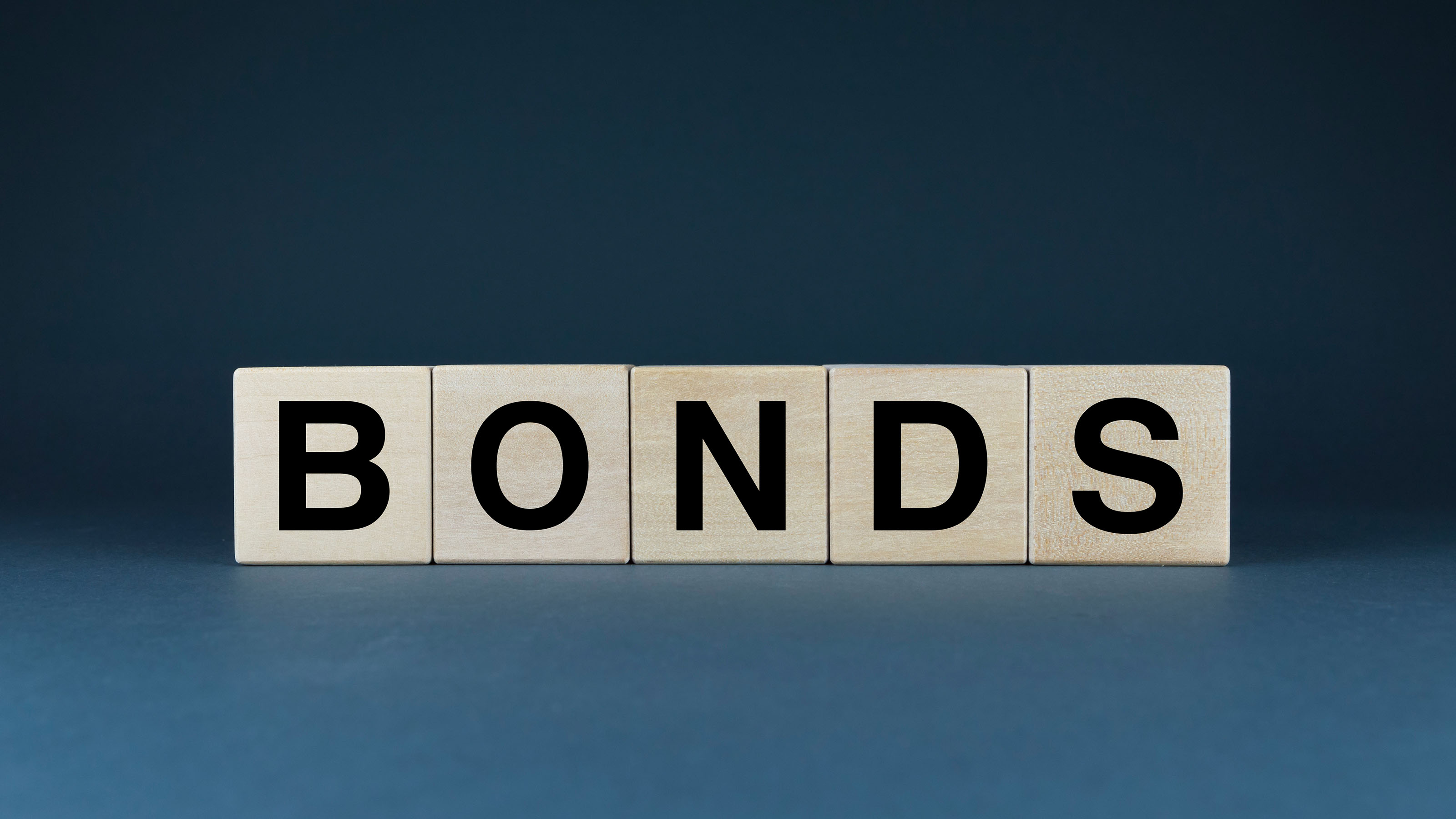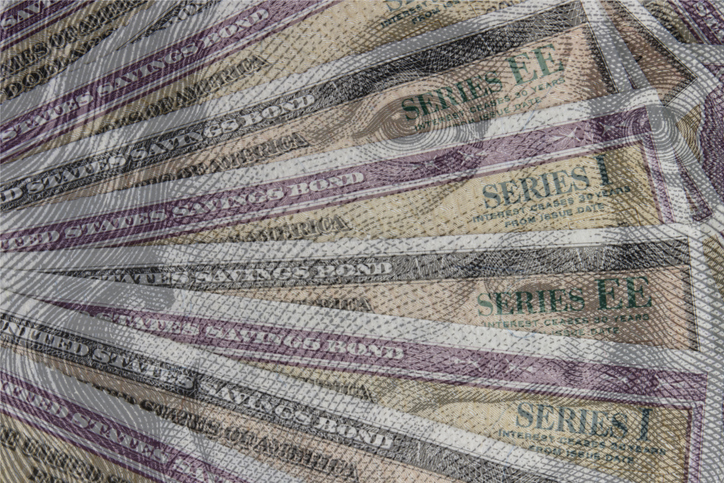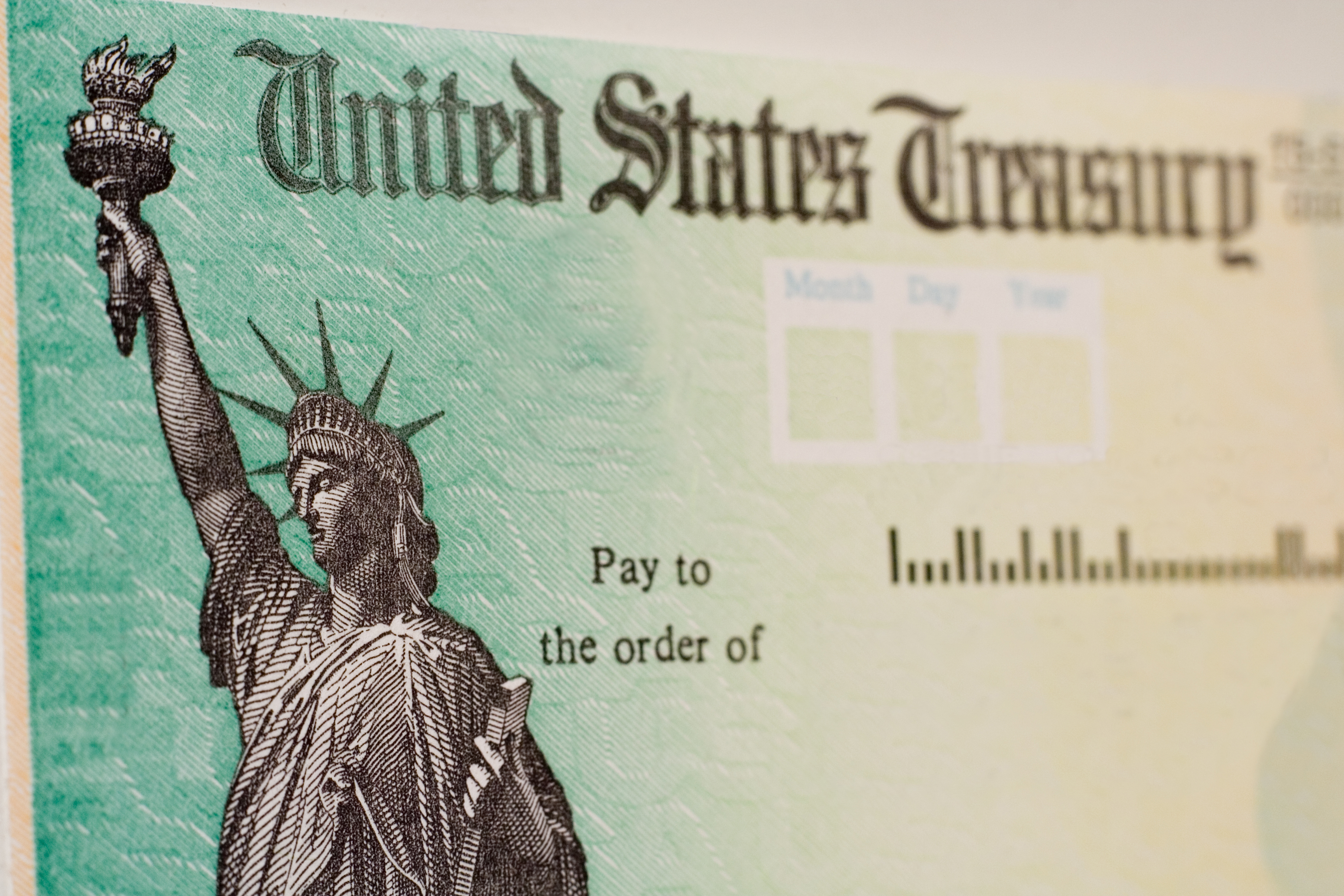A Word About Short Selling: Don’t
When you buy a stock, the worst that can happen is you lose what you invested. With a short, you can lose much more.


The fracas in January over a company called GameStop suddenly brought the practice of shorting stocks back into the public spotlight. GameStop sells video games via a network of thousands of retail outlets that have the anachronistic feel of Blockbuster stores. Business has soured, mainly because of online competition. GameStop scratched out a profit in fiscal 2017 (ending January 31, 2018), then lost money in the next two years and is estimated to have lost $680 million in the past 12 months.
GameStop was a good candidate for a short—that is, a bet that its stock price would decline (a process I’ll describe shortly). And, indeed, if you had shorted GameStop a while back, you could have made a lot of money. The share price skidded from the mid $30s in November 2015 to $3.85 last summer. Then, the price of GameStop started climbing, for no particularly good reason, and shares closed 2020 at about $19, which some short sellers believed was unsustainably high for a brick-and-mortar company that was wallowing in red ink.
This is where the story takes an unusual turn, familiar by now to anyone who follows the stock market. In the course of two weeks, shares of GameStop skyrocketed to $348. The short sellers, mainly hedge funds, were crushed, trading platforms such as Robinhood limited purchases, and politicians and regulators caused an uproar. All I want to say about GameStop is that all stock prices go up and down, but in the long run they reflect the actual underlying value of the company. So, no growth, no earnings, no three-hundred-dollar stock price.

Sign up for Kiplinger’s Free E-Newsletters
Profit and prosper with the best of expert advice on investing, taxes, retirement, personal finance and more - straight to your e-mail.
Profit and prosper with the best of expert advice - straight to your e-mail.
My subject for this column, however, is not the GameStop controversy, which has been portrayed by some as a moral contest between scrappy little investors versus evil Wall Street speculators. My subject is short selling, which was the predicate for the controversy in the first place.
What Gershwin knew. When I was a child, listening to my parents’ records, I was fascinated by a line from the song “I Can’t Get Started,” with lyrics by Ira Gershwin. It went, “In 1929, I sold short.” I thought it meant that the song’s protagonist sold all his stock before the Crash. Later, having learned about short selling, I realized that he did much better than that. When you sell short, you don’t sell before something happens. You sell something you don’t actually have. You are short, in this case, of shares of stock, so you borrow them from someone who owns them.
The short seller then takes these shares and immediately sells them into the market to someone else (hence, “short seller”). The objective is to buy the shares back later at a lower price and return them to the person from whom the seller borrowed them in the first place. Imagine, for example, that you sell 100 Coca-Cola shares short at $50 a share. Through your broker, you ask to borrow 100 shares from a current stockholder. You sell them the same day and pocket $5,000. A month later, the stock has dropped to $44. You pay $4,400 for those shares and return them to the original lender. Your profit is $600, minus commissions for buying and selling and minus interest on the loan of the shares.
The internal mechanics are complicated, but for the investor it’s all simple. Short the stock. If it goes down, you make money. If it goes up, you lose. It’s the opposite of buying a stock, so the risk is similar, right? Wrong. When you buy a stock, the worst thing that can happen is it goes to zero and you lose what you invested. But with a short, you can lose much more.
Say you shorted 100 shares of GameStop when it was $20 a share and it goes up to $300. You borrow the shares and sell them, pocketing $2,000. But within a few weeks, it will cost you $30,000 to buy the shares you need to give back to the lender. In the meantime, your broker has been calling you to put up margin—or collateral—to ensure that you have the money eventually to supply the stock to the lender. As the price of the stock rises, you have to put up more and more margin.
Now, consider an investor, such as a hedge fund, that has shorted not 100 but 1 million shares of GameStop. A $20 million investment suddenly becomes a $300 million liability. As the stock price rises, such an investor may want to close out his position—that is, buy 1 million shares. But those shares are not easy to find—in part because so many other investors hold short positions and are in the same boat. In order to find enough shares, the investor has to bid up the price. This is called a short squeeze, and it’s a terror to behold if you’re the one who is short.
A bet against history. A squeeze is only one reason shorting stocks is a bad idea. Another is that stocks, on average, go up rather than down, so selling short is not the same as continually calling tails on a coin flip. The odds of a quarter coming up tails are one in two, but the odds of a stock falling in any given year are about one in five. In fact, the S&P 500 index, the large-stock benchmark, has risen in nine of the past 10 years and 25 of the past 30. Of course, an individual stock can decline even in a year that is, overall, good for the market. In 2020, 11 of the 30 Dow stocks fell in price as the index as a whole rose 7.3%. Three of the 11—Boeing, Walgreens Boots Alliance and Chevron—dropped more than 20% each.
The problem is knowing which stocks will fall in a market where millions of investors are setting prices based on all available information. If you think you can identify a loser, my advice is not to buy it. Resist shorting. If you pick a bundle of stocks at random and buy them (that is, go “long”), history shows you will earn a return of 10% a year. If you short stocks at random, you will lose that much, plus borrowing costs. Imagine that 15 years ago (a period that covers the intense bear market of 2008) you had put $10,000 into ProFunds Bear, a mutual fund whose performance tracks the inverse of the S&P 500, as if an investor were shorting the index. You would have less than $1,500 today. By contrast, Vanguard’s S&P 500 Fund would have turned your $10,000 into nearly $42,000.
Still, there may be times when you want to hedge your gains—that is, lock them in if you can’t afford to see your portfolio fall sharply. For example, you may have accumulated money to send your daughter to college and worry about what would happen if the market were to suddenly drop 30%—as it did in just five weeks in February and March 2020. You could sell half your stock and buy an inverse fund. You could also buy an option giving you the right to “put”—or force someone else to buy—index shares at today’s value. The concept is similar to a short, but all you can lose is the cost of the options.
A much simpler way to lock in gains is to sell the stock, pay the capital gains (you’ll have to do that anyway to pay the tuition), and buy a Treasury note or put the cash in the bank. Whatever you do, remember my one-word admonition when you feel the urge to sell stocks short: Don’t.

Get Kiplinger Today newsletter — free
Profit and prosper with the best of Kiplinger's advice on investing, taxes, retirement, personal finance and much more. Delivered daily. Enter your email in the box and click Sign Me Up.

-
 5 Easy Weatherproofing Projects That Help Prevent Damage and Save on Insurance
5 Easy Weatherproofing Projects That Help Prevent Damage and Save on InsuranceProtect your home from storms and water damage with these simple weatherproofing upgrades — some may help reduce your home insurance premium.
By Paige Cerulli
-
 If Trump Fires Jerome Powell, What Happens To Savings and Mortgage Rates?
If Trump Fires Jerome Powell, What Happens To Savings and Mortgage Rates?President Donald Trump expressed his desire to remove Fed Chair Jerome Powell. If the president is successful, how would it impact your savings accounts?
By Sean Jackson
-
 Bond Basics: Zero-Coupon Bonds
Bond Basics: Zero-Coupon Bondsinvesting These investments are attractive only to a select few. Find out if they're right for you.
By Donna LeValley
-
 Bond Basics: How to Reduce the Risks
Bond Basics: How to Reduce the Risksinvesting Bonds have risks you won't find in other types of investments. Find out how to spot risky bonds and how to avoid them.
By the editors of Kiplinger's Personal Finance
-
 What's the Difference Between a Bond's Price and Value?
What's the Difference Between a Bond's Price and Value?bonds Bonds are complex. Learning about how to trade them is as important as why to trade them.
By Donna LeValley
-
 Bond Basics: U.S. Agency Bonds
Bond Basics: U.S. Agency Bondsinvesting These investments are close enough to government bonds in terms of safety, but make sure you're aware of the risks.
By Donna LeValley
-
 Bond Ratings and What They Mean
Bond Ratings and What They Meaninvesting Bond ratings measure the creditworthiness of your bond issuer. Understanding bond ratings can help you limit your risk and maximize your yield.
By Donna LeValley
-
 Bond Basics: U.S. Savings Bonds
Bond Basics: U.S. Savings Bondsinvesting U.S. savings bonds are a tax-advantaged way to save for higher education.
By Donna LeValley
-
 Bond Basics: Treasuries
Bond Basics: Treasuriesinvesting Understand the different types of U.S. treasuries and how they work.
By Donna LeValley
-
 Bond Basics: Ownership
Bond Basics: Ownershipinvesting Bonds come in a variety of forms, but they all share these basic traits.
By Donna LeValley